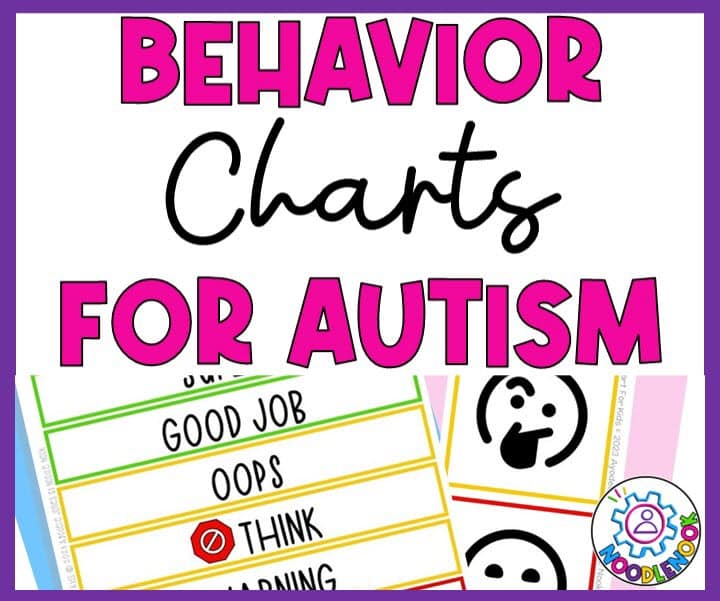Typical Attributes

- They're affected by an intricate interaction of hereditary, environmental, and private variables.At one website (Georgia), an organization of greater ASD frequency was located among youngsters staying in census tracts with greater MHIs.We have actually compiled social abilities pointers and information from specialists, teachers, and families, together with beneficial devices to aid enhance opportunities to be component of the area.These strategies are tailored to the one-of-a-kind demands of each kid and are rooted in evidence-based practices.Early intervention solutions can substantially enhance a youngster's growth and improve their quality of life.
As with anybody, kids with autism can adjust their actions, with the ideal assistance. Physical punishment-- Masking (Social Camouflaging) as an example, slapping-- isn't a good selection for guiding your child's practices. Smacking can send out the message that harming other individuals is an okay means to manage strong sensations. Reconnect with your child after testing practices by being warm, caring and affectionate.
Supported By
Nonverbal interaction is another area where children with autism typically battle. They might translate language essentially, have trouble recognizing sarcasm, display uncommon body language, facial expressions, and activities that might not line up with what they are stating. Additionally, they might show an uncommon singing tone, such as talking in a flat, robot manner, or using a sing-song Autistic Celebrities & Public Figures tone [5]
Administration Strategies For Misinterpreted Actions
Individuals that might have previously been identified with Asperger's usually have average or above-average intelligence and strong verbal abilities, yet may deal with social interaction and have extreme, concentrated rate of interests. It's important to keep in mind that autistic actions in adults can in some cases be mistaken for Asperger's syndrome, highlighting the requirement for mindful assessment and understanding. Autistic habits includes a wide variety of qualities that establish individuals with ASD besides their neurotypical peers. At its core, autistic behavior is characterized by differences in social interaction, interaction, and sensory handling.
Understanding the underlying reasons for tough habits is necessary. Variables like sensory sensitivities or changes in regimen can set off difficulties. Implementing regular reactions without emotional reactions is very important; maintaining a tranquil demeanor encourages stability. Trouble habits in kids with autism frequently emerge when they are overstimulated by their detects, making it difficult for them to manage their actions. Any kind of unexpected or unannounced get-together can cause your youngster with autism to display trouble behaviors. Aiding your kid overcome problem actions might seem challenging, especially if they show several difficult habits you would love to alter.
